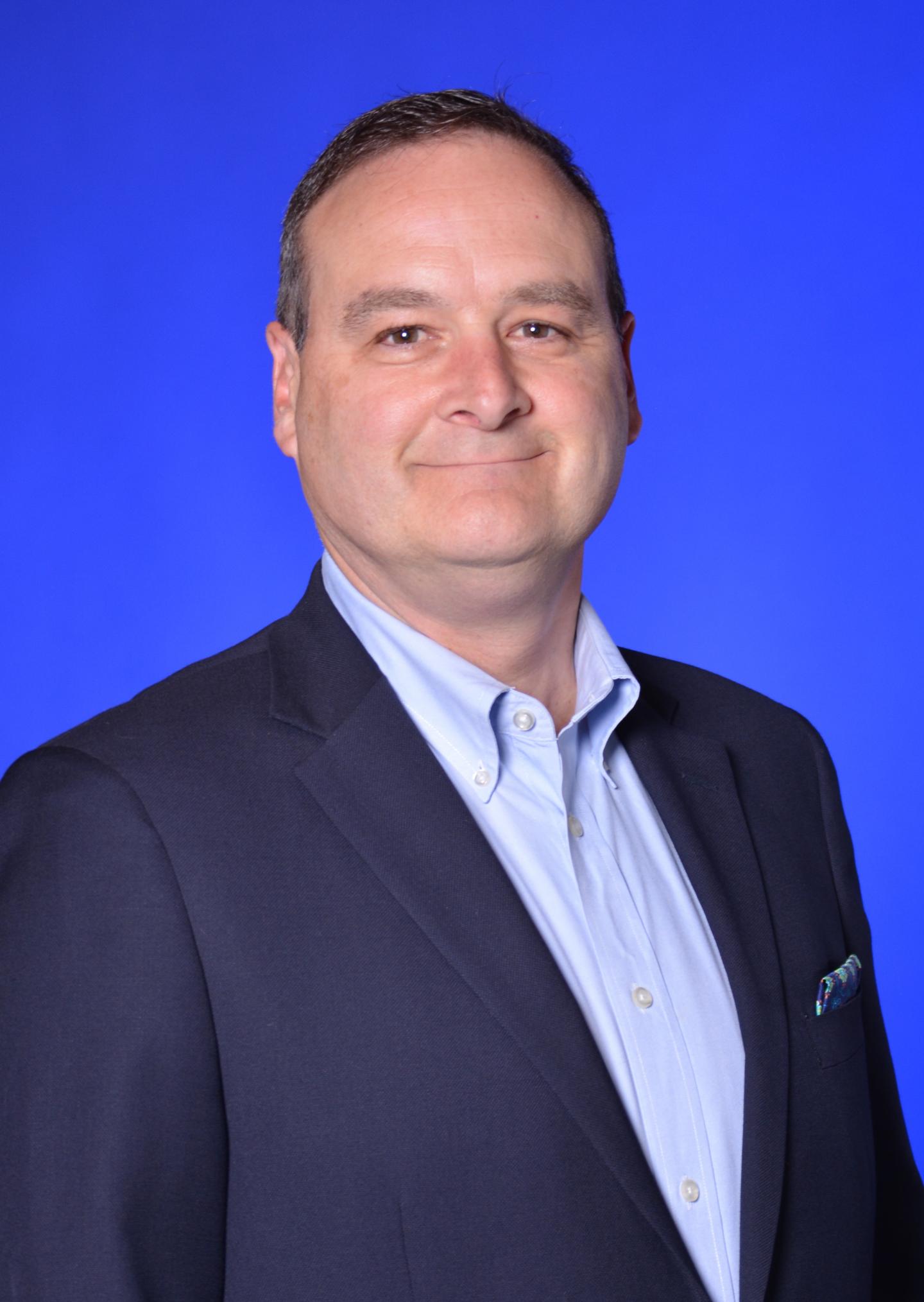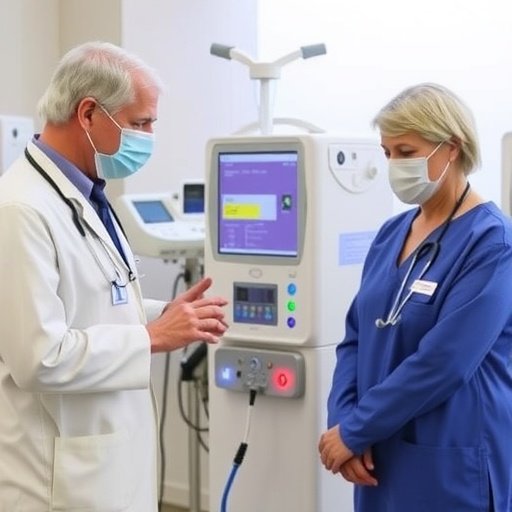
Credit: Florida Atlantic University
Engaging a wider range of resources to connect patients with organizations within their community can help transform healthcare and improve overall well-being, according to new research published in the Journal of Business Research by faculty at Florida Atlantic University’s College of Business.
The article, “Transforming Community Well-being Through Patients’ Lived Experiences,” introduces the concept of “patient ecosystem management” (PEM), which the authors describe as an organizational process that focuses on treating patients differently in terms of assessing, managing and expanding resources to achieve patient health and well-being goals.
“We believe more time needs to be spent, not just by physicians who are time-crunched as it is, but to really develop a team approach to identify what the issues are for individual patients and to connect them to a series of resources outside of maybe the hospital and inside their lived world in order to give them the resources they need to improve,” said Andrew Gallan, Ph.D., lead author of the article and an assistant professor in FAU’s marketing department.
Gallan and his co-authors write that a patient-centered model of care, accepted as a policy imperative in the United States, the U.K. and western Europe, could be expanded further, beyond the patient and families, healthcare providers, the community, peers and technology providers. Healthcare executives should consider employing and involving non-healthcare stakeholders and support services within communities, they argue, to help expand patient ecosystems to draw on more resources to improve condition management.
Gallan employs qualitative and quantitative methods to conduct his research, analyzing big databases of patient surveys and patients comments, shadowing patients and providers and conducting observations to get to the “truth of the patient perspective.”
Training healthcare professionals to work as interdisciplinary teams to understand, assess, and make use of patient ecosystems could improve patients’ lived experiences in hospitals, at home and at work, he said.
The researchers offer clinicians and other healthcare practitioners a set of practical guidelines centered on a structured framework of strategies and mechanisms used to make connections within existing ecosystems of individual patients and expand those ecosystems to provide more patient-relevant care within the community-enabled setting.
“Healthcare practitioners can rethink traditional approaches used to treat frequent medical conditions,” the article states. “Examples include incorporating video consultations with physicians (or e-visits) into a standard sequence of in-person clinic appointments for diabetes patients; inviting engaged caregivers to share experiences with other patients and caregivers in the same community; designing activities where multiple patients are invited to participate simultaneously, such as midwife-facilitated pregnancy patient group meets; and utilizing technology and distribution networks to enhance access and adherence to medications.”
Their framework requires health staff sensitivity training to assess a patient’s experience and complete knowledge of community resources. Patients, caregivers and clinicians need to be engaged, while the role of others, such as community health workers, may need to evolve. These workers must be equipped with sufficient knowledge to deal with a variety of people, symptoms, and resources.
With every patient presenting a different set of needs and individual situations, healthcare organizations struggle to develop a protocol that allows them be efficient in what they do, but also have customizable components so they can address individual patient needs. At the same time, they’re faced with the challenges of how to improve the health of their community.
“So, how do we make that connection?” Gallan said. “This paper is an attempt to help them understand that some investments are needed. We provide some examples and some models to organizations to say if this is the direction you want to go, it’s not like you have to reinvent the wheel. There are organizations that are doing this successfully, and there are some good models for you.”
###
An interview with Andrew Gallan, in which he discusses his research, including his experiences accompanying home health professionals on visits to their patients, is available on the latest What’s Happening @FAUbusiness podcast.
About Florida Atlantic University
Florida Atlantic University, established in 1961, officially opened its doors in 1964 as the fifth public university in Florida. Today, the University, with an annual economic impact of $6.3 billion, serves more than 30,000 undergraduate and graduate students at sites throughout its six-county service region in southeast Florida. FAU’s world-class teaching and research faculty serves students through 10 colleges: the Dorothy F. Schmidt College of Arts and Letters, the College of Business, the College for Design and Social Inquiry, the College of Education, the College of Engineering and Computer Science, the Graduate College, the Harriet L. Wilkes Honors College, the Charles E. Schmidt College of Medicine, the Christine E. Lynn College of Nursing and the Charles E. Schmidt College of Science. FAU is ranked as a High Research Activity institution by the Carnegie Foundation for the Advancement of Teaching. The University is placing special focus on the rapid development of critical areas that form the basis of its strategic plan: Healthy aging, biotech, coastal and marine issues, neuroscience, regenerative medicine, informatics, lifespan and the environment. These areas provide opportunities for faculty and students to build upon FAU’s existing strengths in research and scholarship. For more information, visit http://www.
Media Contact
Jim Hellegaard
[email protected]




